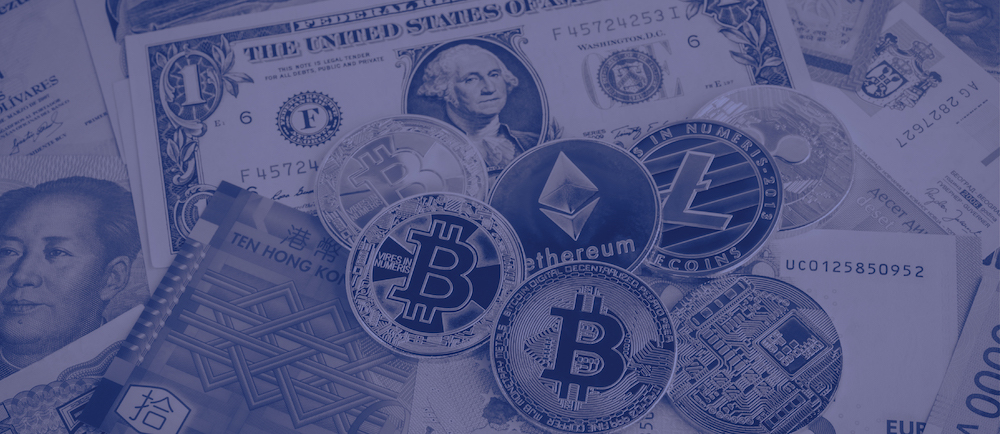Description
Stablecoins have been a “hot” topic for many years, even before Facebook introduced its own stablecoin, Libra, in June 2019. The introduction of Libra has stirred up things and accelerated policy makers and regulators involvement globally. Suddenly, central banks around the globe – from China to the ECB to the US Fed – are feeling the urgency to develop a Central Bank Digital Currency (CBDC) to protect the status of their national currency and the national sovereignty.
We are moving (slowly but surely) to a tokenized economy. A 2015 survey by the World Economic Forum (WEF) predicted that 10% of global GDP would be stored on blockchain technology by 2027. Based on 2018 GDP, this amounted to $8.5 trillion and if we account for GDP growth by 2027, this figure would be close to $24 trillion.
In this course we first discuss how the world is becoming a cashless economy and the various payments’ use cases of blockchain as opposed to current cashless payment methods. Later we discuss tokenization and its many benefits and use cases.
This course is presented in two sessions: Part 1 (Cashless Economy: From digital payments to stablecoins and beyond) and Part 2 (Tokenized Economy: Increasing liquidity in capital markets). Registrants should attend both sessions in their entirety.
Course Objectives
By the end of this session, participants will be able to:
- Explain the need for an efficient cashless system
- Explain what cashless methods are currently used and their drawbacks
- Analyze the different mechanisms of stablecoins
- Explain how stablecoins are used
- Describe what Central Bank Digital Currency (CBDC) is and discuss the current and future global landscape
- Expound on what tokenization is
- Discuss the different uses and applications of tokenization
- Assess where and how to tokenize an asset or a business
- Describe and discuss the global regulatory landscape as it applies to different types of digital assets, stablecoins and tokenization
Suggested Prerequisites: None
Program Level: Foundational
Target Audience: Anyone who wants to learn about tokenization and the use of blockchain for payments, such as staff from operations, IT, legal, compliance, middle office, research, investment or HR, and regulators who work closely with various aspects of the capital markets, payments and FinTech.
Advance Preparation: None
Computers and Financial Calculators: Computers or tablets for viewing and accessing the electronic documents. Calculators are not required.
Recommended CPE Credits: 4.8
Instructor: Merav Ozair, PhD
Duration: 4 Hours Total
Price: $258/learner
 My Cart
My Cart
